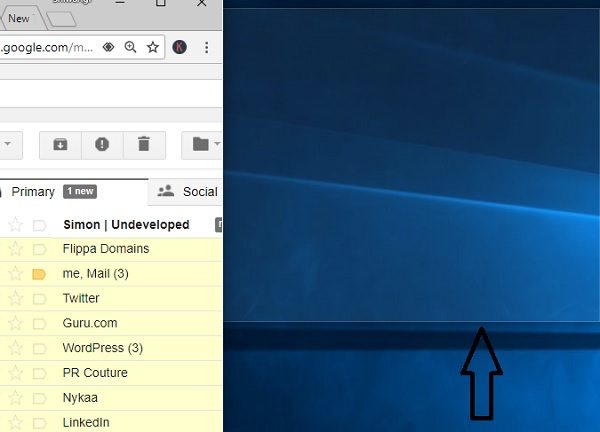

There are a number of other options on the same menu. See fewer posts like the one you’re looking at: Open the three-dot menu in the top right of the post > Tap “Hide” or “Not interested.”īlock offensive comments and filter certain words: Go to your own profile by clicking the icon in the bottom right > Open the menu in the top right > Settings > Privacy > Hidden Words. Restricting a user prevents other people from seeing their comments on your posts and lets you read direct messages they send without them knowing.) (Muting a user keeps their posts off your feed. Mute, restrict, or unfollow a user: Navigate to their profile > Tap the “Following” menu > Tap the action you want to take. (This adjustment is temporary you’ll need to click that button again next time you return to Facebook to see posts in chronological order.)

Sort your feed in the order people post things: Navigate to your home feed (click the home icon near the top of the page) > Click “See More” on the left side of the screen > Most Recent. Go to the group’s page > Click the menu labeled “Joined” or “Following” in the top right > Unfollow group. Leave a group: Unfollowing a group is the same as leaving it altogether. You can also unfollow a user using the “Friends” on their page.) Unfollow or snooze a user: Open the menu in the top right corner of one of their posts on your timeline > Select “Unfollow” or “Snooze.” (This lets you stay friends, but you won’t see the user’s posts unless you go to their page. See fewer posts like the one you’re looking at: Open the menu in the top right corner of the post > Hide Post.īlock or unfriend a user: Go to their page > Click the three-dot menu icon near the top right of the profile > Choose “Block.” To unfriend them, use the adjacent menu labeled “Friends” and select “Unfriend.” (If you don’t block them they can still contact you, and you may see them around the site.) You can jump right to any service by clicking on one of the red buttons, below. The instructions are for a computer browser, except for services that are used primarily as mobile apps, such as Instagram and WhatsApp. (But there’s no guarantee that a company will take action in response.)
#Hate windows snap assist how to
We also tell you how to report users or posts that violate a platform’s policies. And with the uptick in political content that’s sure to come with this year’s midterm elections, this is a great time to think about tuning your social media feeds.īelow you’ll find detailed steps for avoiding much of the toxic content that’s shared on leading social media sites. They can help if you’re being harassed online. These settings can help you avoid not just violent news clips but also conspiracy theories and bogus claims about everything from COVID-19 to mail-in voting. Maybe even think about deleting some people.” “Mute people that are too loud for you right now. “I think more people should explore their settings on social media,” she says. Then Giles adjusted her own accounts, using the settings on Facebook and Twitter to filter the material in her feeds. She wrote an op-ed for The Los Angeles Times with suggestions on how social media companies could improve the way they present disturbing material. It’s a matter of controlling what kinds of posts you see, and when. That doesn’t mean pretending that nothing bad is happening in the world, Giles says. “The advice I’d give is to identify where the negative stuff is coming from, and hide it all.” “You’re going to start feeling more negative, maybe depressed, more stressed, more anxious,” says psychologist Larry Rosen, PhD, a professor emeritus at California State University, Dominguez Hills. A constant stream of rants or disturbing videos can affect your mood, and ultimately your mental health. Psychologists say we tend to mirror the emotions expressed in the social media posts we see.


 0 kommentar(er)
0 kommentar(er)
